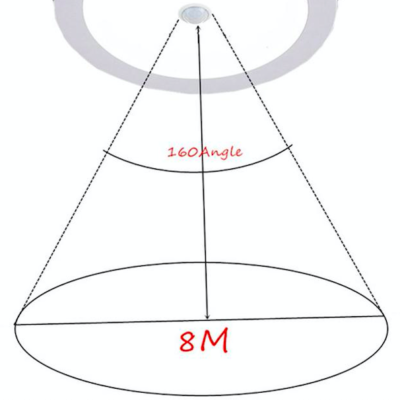March 12th, 2023
- Identify the primary functions of the room: Living rooms serve a variety of purposes, such as entertaining guests, watching television, reading, or relaxing. Determine which activities will take place in the room and prioritize the lighting accordingly.
- Consider the natural light: Natural light is an essential factor in designing the lighting for a living room. Determine the amount of natural light entering the room and use it to your advantage. Consider using sheer curtains or blinds that can be easily opened and closed to control the amount of light entering the room.
- Create layers of lighting: Lighting should be layered to create a comfortable and functional atmosphere. This includes ambient, task, and accent lighting. Ambient lighting is the overall lighting of the room and can be achieved using overhead fixtures or wall-mounted sconces. Task lighting is used for specific activities such as reading or working and can be provided by table lamps or floor lamps. Accent lighting highlights specific features of the room such as artwork or architectural details.
- Choose the right fixtures: The fixtures used in the living room should complement the overall design of the space. Consider the style of the room, the height of the ceiling, and the size of the furniture when selecting fixtures. Pendant lights, chandeliers, floor lamps, and table lamps are all popular choices for living rooms.
- Use dimmers: Dimmers allow for flexible control over the lighting and can create a cozy and relaxing atmosphere in the room.
- Consider energy efficiency: Choose LED bulbs and fixtures that are energy-efficient to reduce electricity costs and minimize the environmental impact.
By following these steps, you can create a well-lit living room that is both functional and visually appealing.


